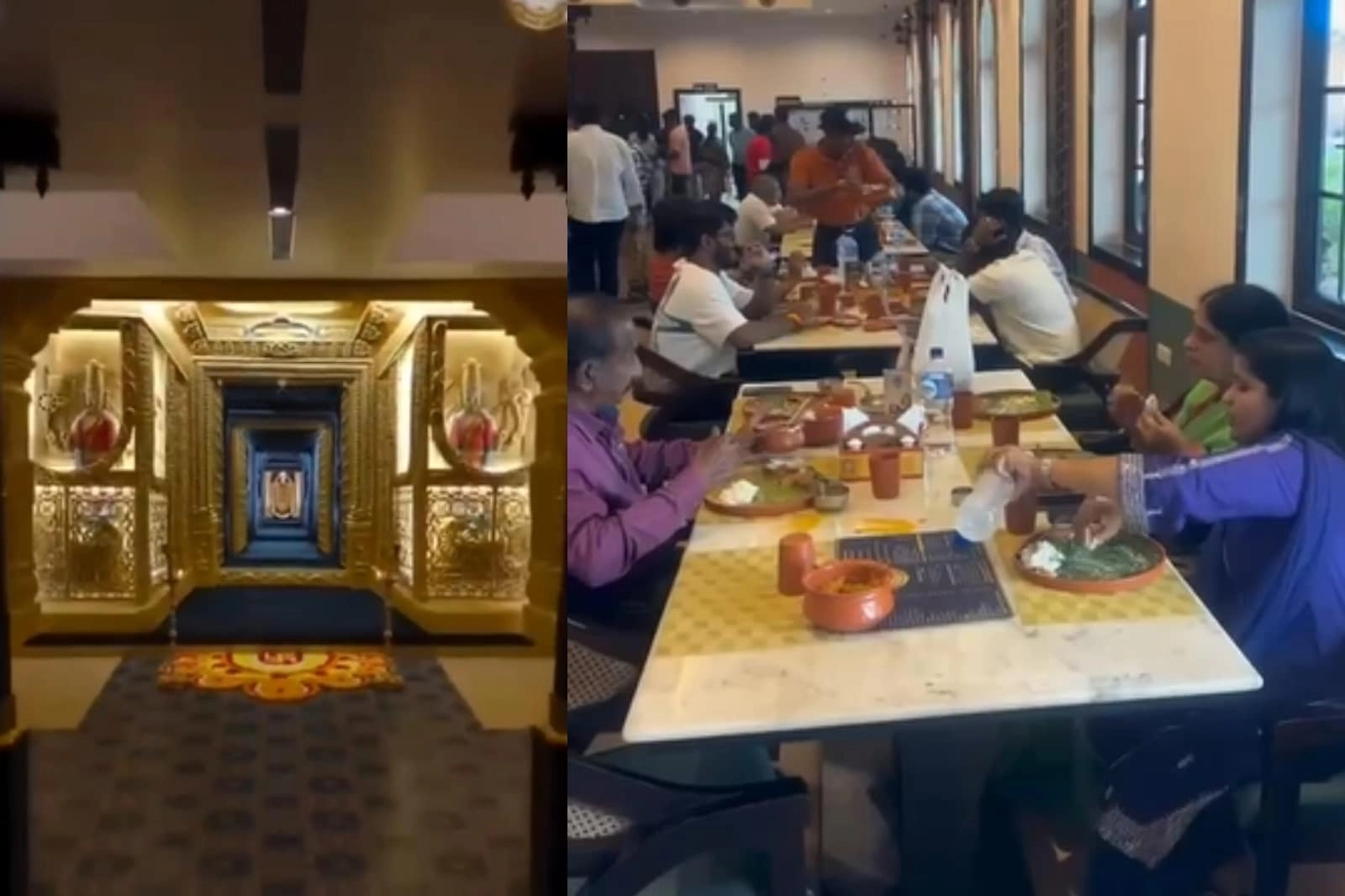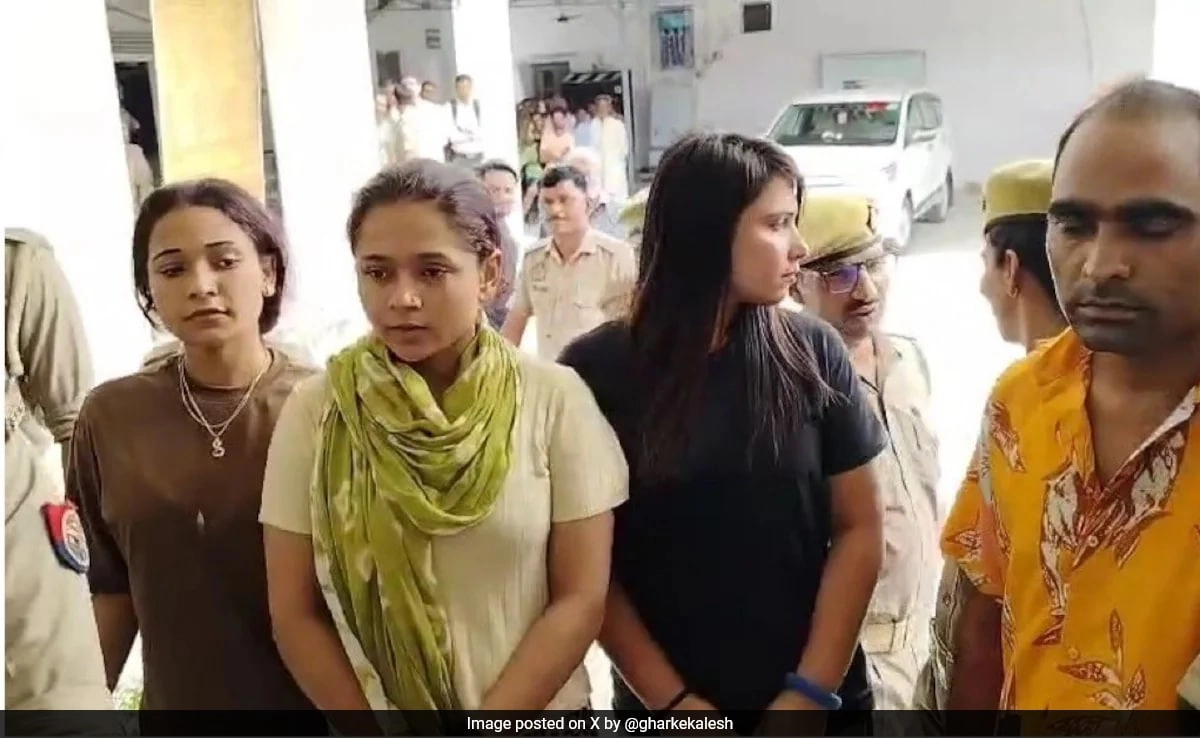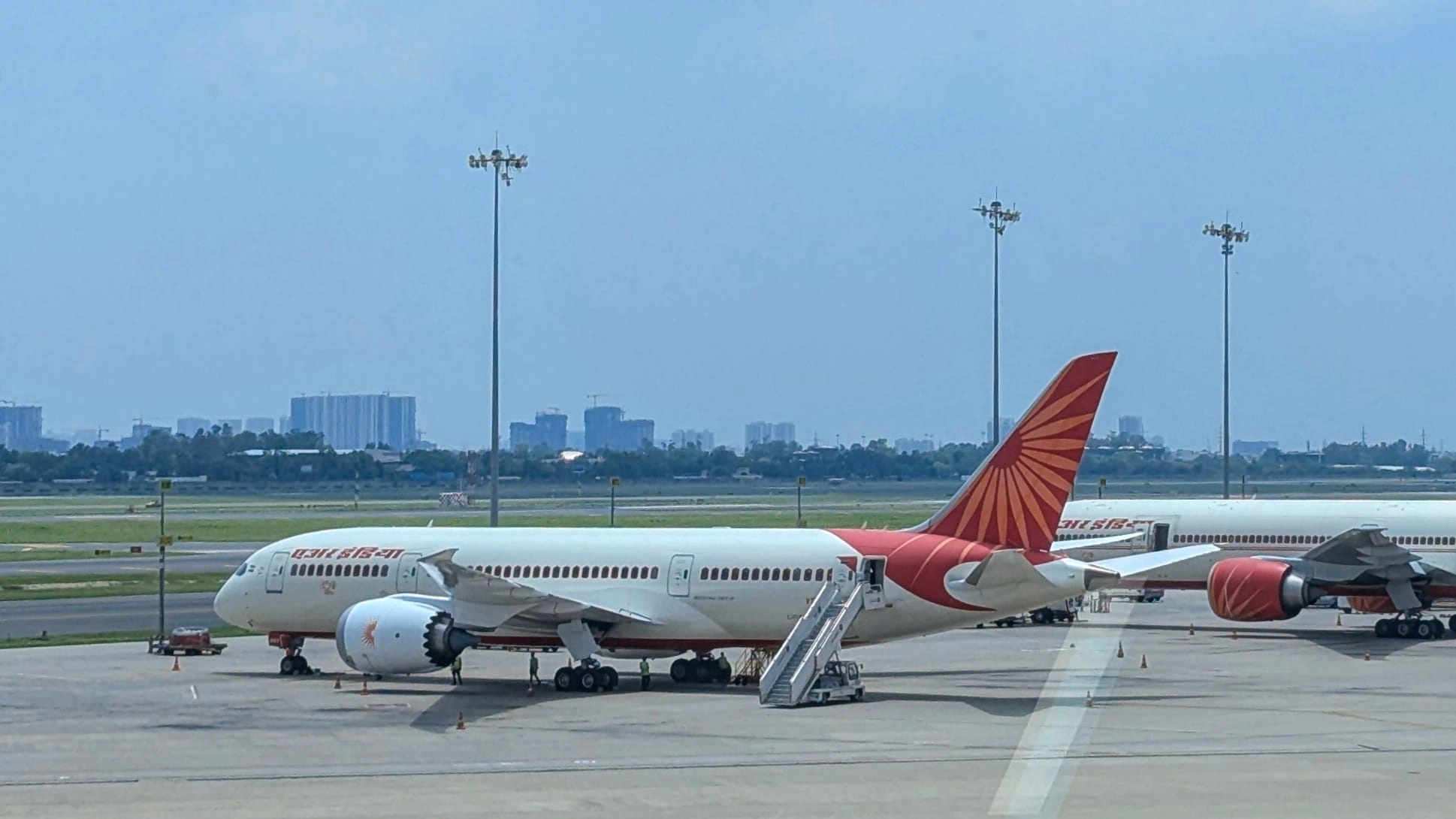The ongoing dispute between the Tirumala Temple authorities and the tourism sector in Andhra Pradesh highlights a complex interplay between spirituality and commercial interests in one of India’s holiest sites. The Tirumala Temple, dedicated to Lord Venkateswara, attracts millions of devotees each year, making it not only a spiritual hub but also a significant contributor to the local economy. However, the recent push for tourism development around the temple has sparked concerns among temple officials and devotees about the sanctity of the area. The crux of the issue lies in balancing the influx of tourists seeking to explore the cultural and historical richness of Tirumala while preserving the sacredness that the temple represents.
Temple authorities argue that unchecked tourism could lead to the commodification of a sacred space, potentially undermining the spiritual experience for devotees. They emphasize that the sanctity of Tirumala must be maintained, and any development should not interfere with religious practices or the environment surrounding the temple. On the other hand, tourism promoters advocate for infrastructure development and enhanced visitor facilities, arguing that it can improve the overall experience for both pilgrims and tourists. They believe that responsible tourism can coexist with spiritual practices, bringing economic benefits to the region without compromising its sacred character.
As the debate continues, stakeholders on both sides are urged to engage in dialogue to find a middle ground. Effective management strategies that prioritize sustainability while allowing for controlled tourism can help preserve the essence of Tirumala. Involving local communities in the decision-making process can also foster a sense of ownership and responsibility, ensuring that any developments align with the values and beliefs of those who hold the temple dear. Ultimately, the resolution of this spat will not only impact the immediate area surrounding the Tirumala Temple but could also set a precedent for how sacred sites manage the delicate balance between spirituality and tourism in the future.




